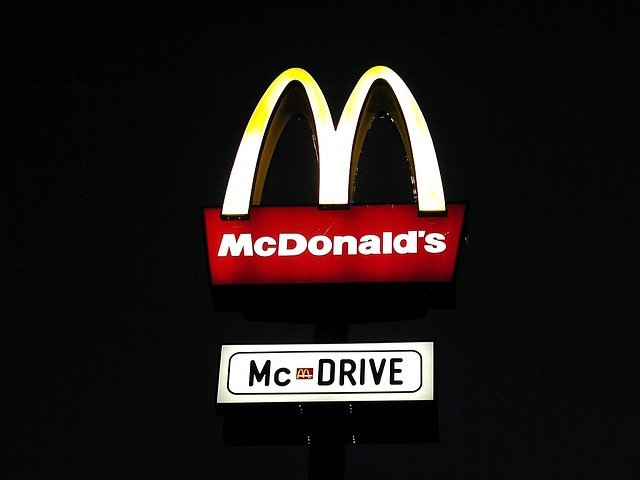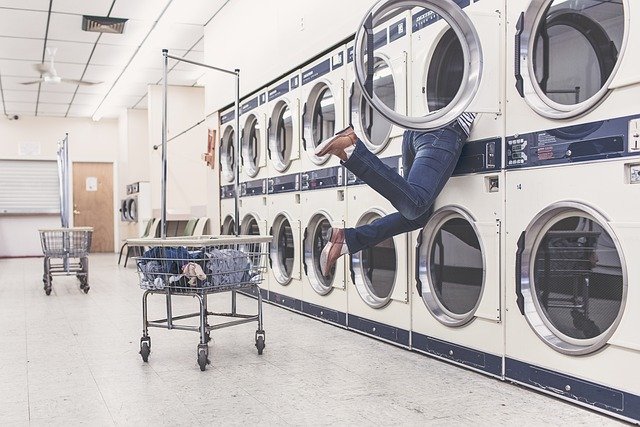The Unfolding Tale of Secondhand Culture: A Societal Shift Towards Sustainable Consumption.
Introduction: In a world grappling with environmental concerns, a new cultural movement is gaining traction: The Secondhand Culture. This shift towards sustainable consumption challenges traditional shopping norms, offering a fresh perspective on societal values, personal identity, and environmental responsibility. Read below to delve into the fascinating evolution of this cultural phenomenon.

The Birth of Secondhand Culture
The concept of buying and selling used goods is not new. From thrift stores to garage sales, secondhand items have always been part of society. However, the recent explosion in popularity, fueled by growing environmental concerns and shifting societal values, has elevated secondhand shopping to a cultural movement. This trend, dubbed the Secondhand Culture, signifies a dramatic shift in consumer behavior, moving away from the disposable culture of the past towards a more sustainable future.
The Influence of Modern Trends
While the secondhand market was traditionally seen as a domain for bargain hunters or the economically disadvantaged, this perception has been changing. The rise of online platforms has democratized access to secondhand goods, appealing to a broader demographic. The current generation, driven by environmental consciousness and a desire for unique, individualistic items, has embraced secondhand shopping as a form of self-expression and sustainable living.
The Societal Implications of Secondhand Culture
The shift towards Secondhand Culture has profound implications. On a societal level, it challenges the traditional consumerist model, promoting sustainability and conscious consumption. This movement also reflects changing societal values, with growing emphasis on environmental responsibility, individuality, and frugality. Furthermore, it reshapes the notion of ownership, as items are increasingly seen as temporary possessions to be shared and recycled rather than owned indefinitely.
The Role of Technology
Technology has played a vital role in the rise of Secondhand Culture. Online platforms such as eBay, Depop, and Poshmark have made secondhand shopping more accessible and appealing. These platforms not only provide an easy way to buy and sell used items but also help foster a sense of community among users, further enhancing the appeal of secondhand shopping.
The Future of Secondhand Culture
The Secondhand Culture is more than just a passing trend; it represents a fundamental shift in societal attitudes towards consumption. As environmental concerns continue to rise, and as technology makes secondhand shopping ever more accessible, this cultural movement is set to grow further. The future of consumption could very well be secondhand, heralding a new era of sustainable living and conscious consumerism.
In conclusion, the rise of Secondhand Culture offers a fresh, unique perspective on the evolving landscape of societal values and consumer behavior. It encapsulates the shifting cultural narrative towards sustainability, individuality, and shared ownership, shaping our understanding of modern society. As we continue to navigate this exciting cultural shift, one thing is clear: Secondhand is becoming the new firsthand.




